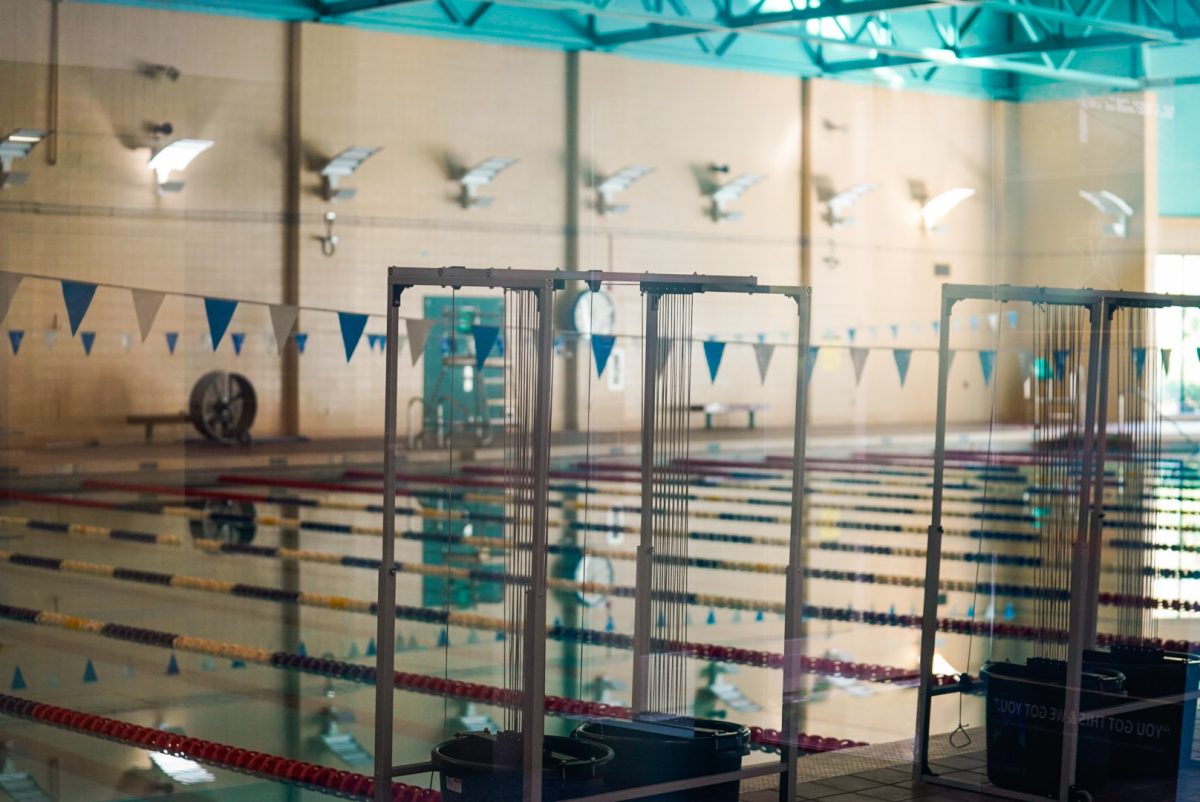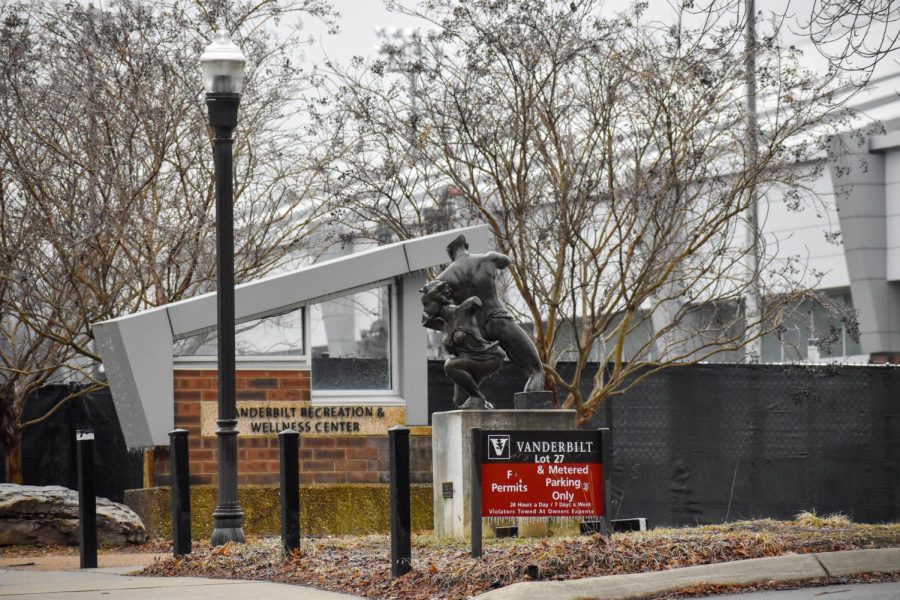The Aquatic Center at the Vanderbilt Recreation and Wellness Center is indefinitely closed following periodical openings and closures. Swim Club leaders expressed concern over the persistent instability of pool access, which they believe has created significant disruptions to their training and operations.
The Rec Pool is the sole on-campus swimming facility available to undergraduate students and clubs at Vanderbilt. The current closure was attributed to maintenance issues by Rec Center Coordinator of Aquatic Operations William Jordan. Vanderbilt’s official swimming and diving team uses the Centennial Sportsplex pool for its practices.
During a meeting with a Rec Center official on Sept. 14, Laura Wan and Co-President Moleigh Waldherr, a senior, said they sought clarity on the Rec Pool’s reopening dates and potential solutions for conducting swimming practice sessions in the meantime. However, they said the meeting was inconclusive. Jordan did not respond to The Hustler’s request for comment.
“This meeting left us with more questions than answers, and we were not given an approximate opening date. We believe that this alone highlights the challenges we are facing from the Rec’s approach to this situation,” Wan and Waldherr said in a statement to The Hustler.
Students outside the Swim Club also expressed regret at the pool’s closure. First-year Luke Faine said he is eager for the pool facilities to return to reliable access for all and for increased transparency and engagement with students to address this concern.
“Hearing from upperclassmen that the pool never regularly opens is disheartening. I’m certain that this is not only a problem for our swim clubs but for anyone at Vanderbilt who wants to swim,” Faine said.
Challenges to practice coordination
Senior Hannah Walton, Swim Club practice coordinator, cited the Rec Pool’s prolonged closures and unreliable communication as factors complicating the club’s ability to host practices.
To accommodate Swim Club practices last year, Wan and Waldherr said that the Rec Center provided specific funding for the Swim Club to practice at the Centennial Sportsplex pool. However, Wan explained that the club was unable to obtain “ideal” practice times because they were presented with this option late in the scheduling process, leaving them with no other remaining unreserved practice time except for 8-9:30 p.m. CDT. Walton stressed that these scheduling limitations have had a significant impact on the swimmers’ schedules.
“Many athletes found themselves returning to their dorms at or after 10:00 p.m., making it challenging to balance academic commitments with rest and mental health,” Walton said.
This year, however, Wan said that the Swim Club is unable to host practices at Centennial Sportsplex and in the water at all due to a change in how practices are funded. While the Rec Center covered the cost of the Swim Club’s practices last year, this year it only allocated $600, which the club claims is not sufficient to cover practice expenses. Wan said the club would have had to impose dues on its members to afford regular practices at Centennial Sportsplex. Waldherr criticized this reduction, claiming it contradicts the club’s “fundamental commitment” to making swimming affordable and accessible.
“We consider this approach financially inequitable, especially considering that student fees already cover access to Rec Center facilities, including the pool,” Waldherr said.
Impacts on competitiveness and performance
Wan believes that the lack of access to a pool has negatively impacted the club’s performance in national competitions by putting swimmers at a disadvantage compared to students at other schools who have consistent pool access.
“The club had five swimmers qualify for nationals, but I believe more [swimmers] could have qualified [for the nationals] with better access,” Wan said.
Wan and Waldherr told The Hustler that this situation is particularly concerning for qualifying for national competitions, which have caps on the number of swimmers who can compete in each event. Those who qualify later in the season are less likely to secure a spot, according to Wan and Waldherr, which they said emphasizes the importance of having at least one early-season meet. They explained that the lack of access to an available pool for training and competition was the reason they were not able to hold regular early-season meets.
Wan expressed concerns about the possible end of the club and the missed opportunities for swimmers.
Effects on recruitment and retention
Walton said she is worried that the uncertainty of club practices hurts its image and retention of members.
“Our inability to provide clear information about when our swimmers can use the pool may give the impression that the club board is disorganized or indifferent,” Walton said. “You can’t really have a swim team without access to a pool.”
Wan and Waldherr highlighted that pool closures led to the club resorting to “dryland” training — conditioning activities that do not require pool access. Wan said, as a result, the club found it difficult to retain members. Wan said the club had 62 new members sign up this year, but the club only has an average of 35 total members as of publication. Waldherr said she attributes this change to not having enough practice sessions.
“People join this club to swim, not to do conditioning,” Wan said.








Anonymous • Oct 29, 2023 at 10:32 pm CDT
This is shameful. Apparently there really hasn’t been proper access since the beginning of Covid. This is one of the priciest schools in the country, yet they don’t have a functioning pool? What’s going on?